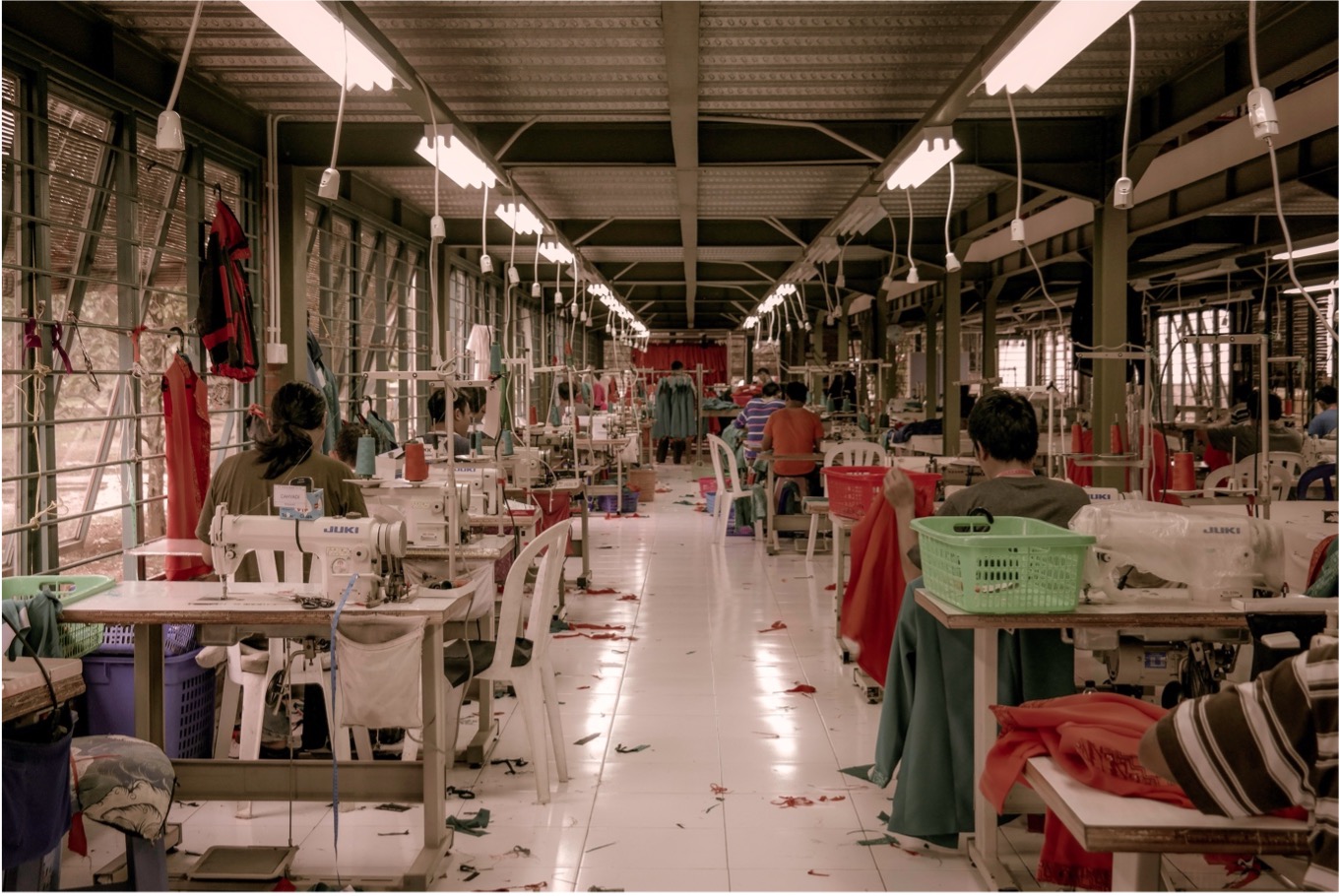There is no doubt that Australia has seen many changes to its clothing and textile manufacturing companies over the past decade. People are also starting to think about their wardrobes from a different, more eco-conscious perspective. The demand for slow fashion is growing significantly and for many individual consumers, things like thrifting used clothing has become an unapologetic act of sustainability.
However, the fast fashion brands at the top of the market are still contributing to the chaos. Every year, $6 billion in textiles, clothing and footwear products are generated in Australia. In the pre-production stage, the raw materials are harvested, both natural and man-made fibres are produced, and designers are sketching out and sampling their products. If these garments are to be developed, produced, and disposed of sustainably, then clothing and textile technologists may have to agree on implementing a new, more sustainable approach to their production processes.
And to meet the demands of environmentally conscious consumers, designers have a lot more on their plate now when conceptualising their garments.
Violeta Simonovska, a Melbourne fashion designer, has seen the changes in the production of apparel first-hand over the past 30 years, from development and design to sampling and quality control as part of an effort to reduce environmental impacts.
“It’s on everyone’s mind, and I know that a lot of fashion students are studying ways to solve the problem,” she tells upstart.
Simonovska says the challenge is balancing good practice with profit.
“Everyone is trying to do their bit, but at the same time, everyone is trying to make a buck, and it costs more to get really good organic fabric,” she says.
In 2015, the United Nations established a set of Sustainable Development Goals (SDGs) as an international framework for a better, more sustainable future.
While these goals have acted as a guide for many industries and organisations, the fashion and textile industry has proven how difficult it can be to adhere to them. Especially regarding SDG 12, which calls for the responsible consumption and production of products.
In the production stage, garments are assembled, finished, and packaged to be ready for retail. What this stage looks like will differ from piece to piece. However, it all starts in the factories, where significant, and often questionable resources are used throughout this process.
When it comes to clothing production, to evaluate whether the process is sustainable, the use of energy and water, the emission of greenhouse gasses, and the use of harmful chemicals must be factored in.
Monash University’s Sustainable Development Institute (MSDI) reported that the production of clothing items uses 79 billion cubic metres of fresh water annually, and the processes of generating articles of clothing emit between 4 percent and 10 percent of the total greenhouse gas (GHG) emissions worldwide.
The MSDI report also found that around 43 million tonnes of chemicals are used during clothing production, in processes such as dyeing and in finishing treatments, and the United Nations classifies 165 used during this process as hazardous to human health and the environment.
Simonovska realised just how harmful the dyeing process was when she worked in quality control in factories for wholesalers. She confesses that she had to test clothing for formaldehyde on many occasions. Formaldehyde, also known as methyl aldehyde, is a carcinogenic chemical compound that is often used to prevent wrinkling, as well as to preserve the shape and colour of fabrics in the textile industry. It’s because of these finishing chemicals that we are encouraged to wash our clothes and sheets before use.
Another issue, Simonovska says, is that some companies seem to be more focused on creating an image of being an environmentally conscious brand rather than actually implementing any changes. One way many fast fashion retailers are promoting their commitment to sustainability is by introducing organic lines of clothing. Simonovska warns that there is a serious lack of clarity regarding what is organic about the product and its manufacturing process.
“We need to educate people on what exactly the retailer is doing to change their product to make it eco-friendly, because all they do is advertise that it’s eco-friendly, but you need to know why and how,” she says.
Within this cycle of mass production in the fast fashion industry, some brands may be using eco-friendly tags and labels for the wrong reasons. Simonovska says that brands are slapping eco-friendly labels on their clothes as a way of appealing to people who search for sustainably made clothing, and that we should be hesitant to trust the legitimacy of clothing that brands claim to be organic or ethically made.
“I think there’s a lot of people that are actually lying about it,” she says.
For example, big fast-fashion corporations like H&M have been accused of claiming that their clothes are organic, in an attempt to boost the brand’s image, and to respond to criticism of their history of producing synthetic and cheaply made clothing. This “greenwashing” has been described as a marketing strategy as well as a guilt-free incentive for consumers to buy more clothing. Misleading claims make it difficult for consumers to make informed choices about the garments they select.
Julie Boulton, project manager of MSDI, is a professional in sustainable development who specialises in the application and implementation of the SDGs. Boulton says that many issues need to be addressed in clothing design and production. In Australia, she says we also need to work on our methods of disposal and textile waste.
Research conducted by the Australian Fashion Council (AFC) has found that Australians dispose of an average of 93 percent of the clothing they purchase each year, and only 7 percent of it is recycled.
To tackle this, a lot of fashion retailers have started to accommodate slow fashion by creating “buy, swap, sell” pages on their websites to create more opportunities to reuse clothing. Businesses are also renting out formal wear now since clothes of this attire are only likely to be worn once.
Boulton also says that we need to give our clothing items proper care, as opposed to turning all of our shirts into rags for cleaning. This means using our beloved clothing items to their full potential or their full use as they were intended.
“You need to be a good steward of the clothing you own. That means you need to wash it properly, you need to repair it, you need to donate it to a friend,” she says.
She also says that there are positive changes occurring. In terms of production, we can expect more textile factories to be powered by renewable energy, which is a step in the right direction. Collaborations between brands are also combining their latest technologies to create products that are much lighter on the environment.
“As people draw these dots together, it doesn’t take long to go – our lifestyles are not in harmony with a safe planet,” Boulton says.
According to the National Waste Policy Action Plan from 2019, the Federal Government have set numerous goals to work towards a circular economy, including the goal of reducing total waste generated in Australia by 10 per cent per person by 2030.
Article | Victoria Vetrano is a first-year journalism student as well as a creative and professional writing student in a Bachelor of Media and Communications at La Trobe University. You can find her on Twitter at @toriamvetrano
Photo | Untitled by Rio Lecatompessy available HERE and used under a Creative Commons licence. The photo has not been modified.







